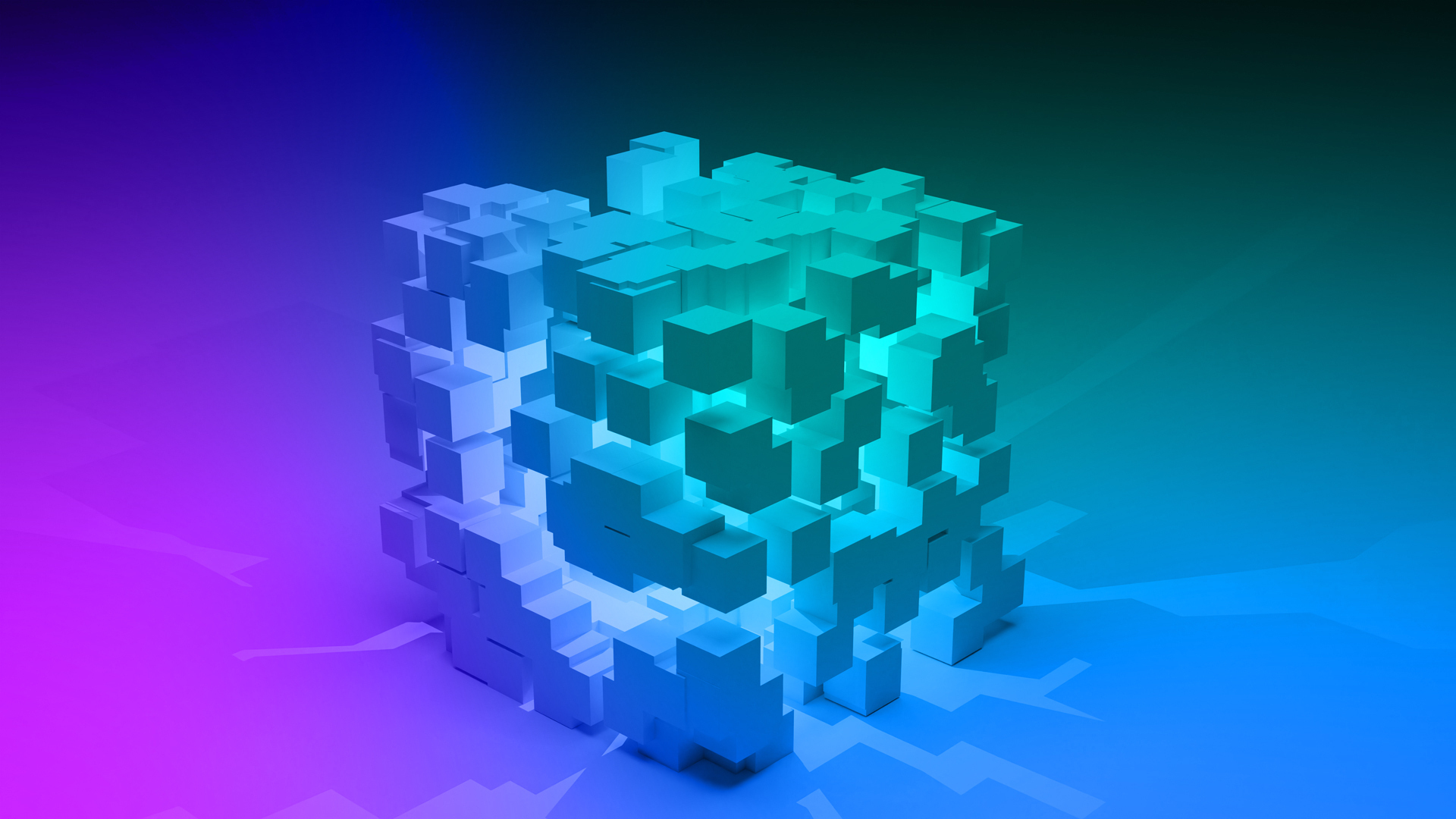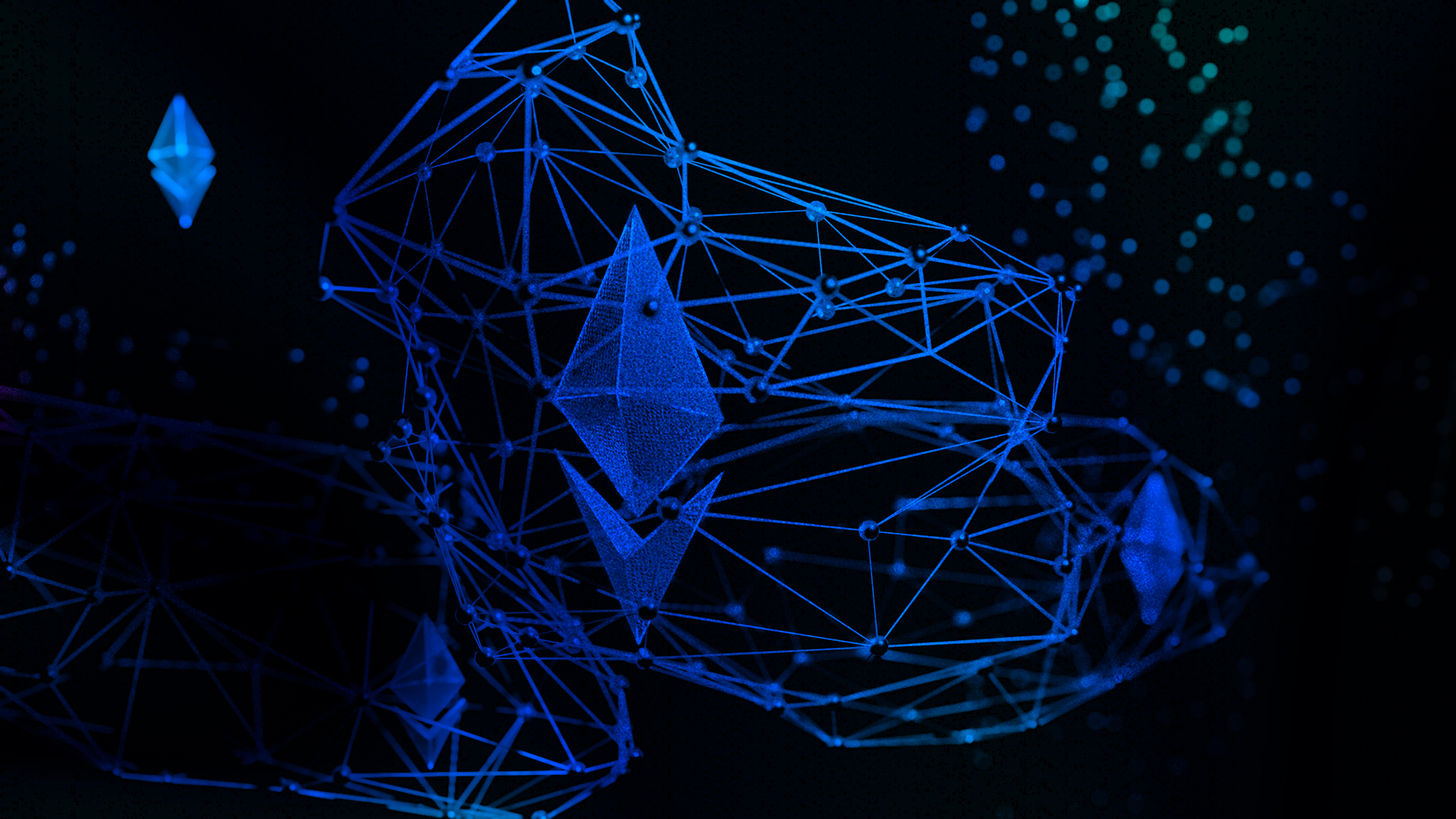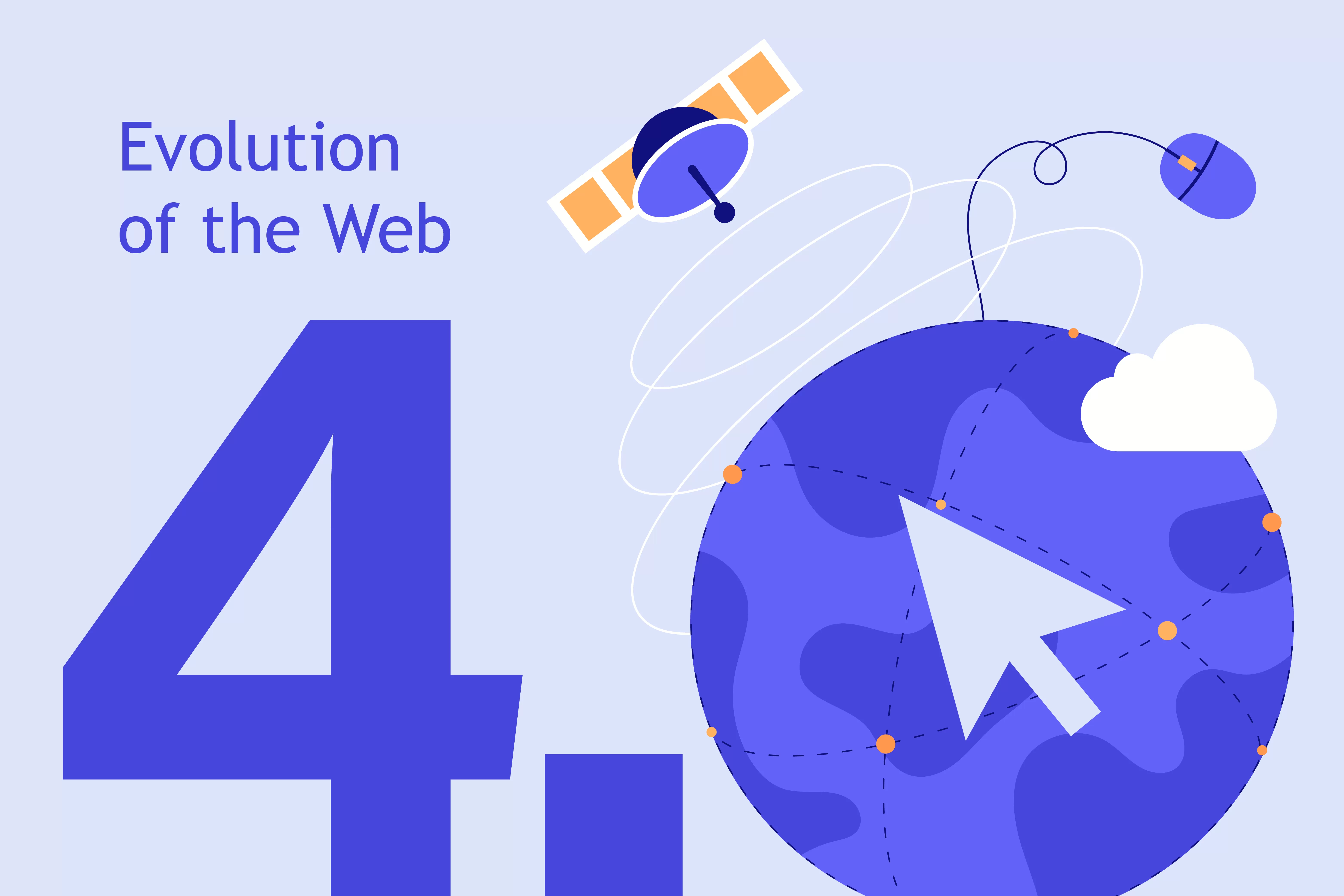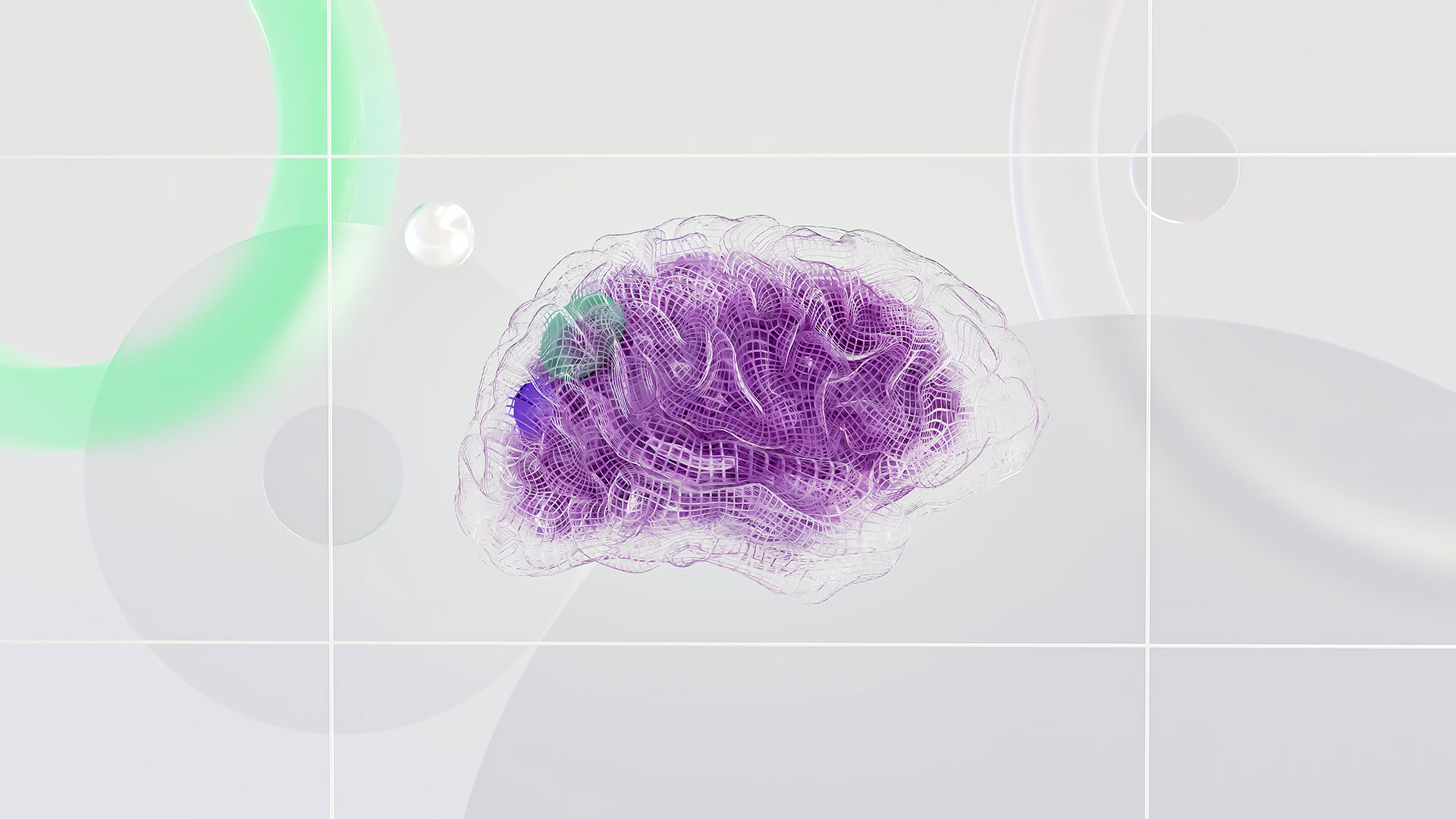Web3, also known as Web3.0, is the new buzzword that every tech investor is talking about, and if you use Twitter, it seems to trend weekly. It refers to the supposed new evolution of the internet as we currently know it (Web2). Web3.0 is decentralised and based on blockchain technology. It fosters freedom from big tech companies like Google, Amazon, and Apple and aims to put content and power back into the hands of the individual.
Is Web3 the next gold mine? Let’s break it down.
What is Web3?
Before speaking about the future (Web3), let’s go back in time. The first iteration of the internet, called Web 1, emerged in the late 1990s. Back then, the web wasn’t interactive. All people could do was read information published by developers, and the foundation of the web was composed of links and homepages. Then, Web 2.0 was heralded as the birth of the future by the emergence of social media platforms in the 2000s; it identifies as a user-generated and participative web. Web 2 facilitates interactions, content creation and online transactions. In this new iteration, everyone could be a creator.
Now people talk about Web3 as the next evolutionary leap of the internet, but web3.0 is still a work-in-progress. The main difference from its predecessors is that it relies on blockchain technology and pledges to be fully decentralised. So, it won’t be controlled by any government, corporation or big tech firm. Web3 is (somehow) connected to the metaverse concept (see our article on the topic) and is considered the next version of the internet’s front-end. The metaverse can be seen as the interface that replaces 2D portals like the Facebook feed or even your computer operating system.

What is the decentralised web?
The decentralised web is based on blockchain technology. It doesn’t rely on any third party or tech firm. The developers build sites and apps that run on decentralised peer-to-peer (P2P) networks or blockchains; these apps are called dapps (decentralised applications). Cryptocurrency is often associated with Web3 as it plays an essential role in its protocols. Crypto or digital tokens are used as a financial incentive for any users that want to participate in creating, contributing or improving the platform. It is different from Web 2, where only the big firm (centralised players) benefit from the monetary value.
In this decentralised web, data is encrypted and distributed to several computers. So, the data is only under its owner’s control, even if a copy is stored on a server owned by a firm or a financial institution. They cannot access the data or change it without authorisation and proof of ownership (encryption keys). If one server is shut down, the data will still be accessible as it is stored in hundreds of other servers. So, Web3 is built on permissionless and trustless open-source software. Current examples of Web3 software are Bitcoin or Diaspora, the decentralised non-profit social platform.


Why does it matter?
There’s been a surge in people wanting to get back control over their data and content. Since Web 2.0’s monetisation has raised many data management issues. Big tech giants like Facebook and Google are often condemned to pay enormous fines for breaching General Data Protection Regulation (in the UE). This shows that there are many security and privacy issues with Web 2.
Therefore, Web3.0 is an enhanced version, where data is protected by tamper-proof technology (blockchain). Web3 could be then described as a ‘’read/write/own’’ version of the internet rather than the current ‘’read and write’’ web. In this new iteration, users aren’t just customers or products anymore. They could instead become participants and shareholders. Thus, Web3 is verifiable, self-governing and trustless (without third parties).

What to expect next?
Internet as we currently know it relies on a set of intermediaries (tech companies) to provide a platform for global interactions. But it also means that these platforms have the power to ban someone or ‘destroy’ a business from it. Even if Web 2 provided many great ‘free’ services, users became products and their data an ‘exchange currency’. Thus, more and more people want to escape from this gilded prison created by the big tech firms. People want to get back control over their data online; They don’t want to be ‘products’ anymore.
The hope is that businesses will benefit from more autonomy when operating online using things like smart contracts. There will be no intermediaries between the company and its customers, and both parties will interact and share data with more safety & privacy (encryption). However, Web3 is still in its early stages, and many people claim that if it goes mainstream, there will eventually be some regulations. Blockchain technology will be concentrated in the hands of a few people, mainly powerful and influential early adopters. That’s why many people are sceptical about the concept of a leaderless web claimed by web3 enthusiasts.
It’s important to keep in mind that Web3.0 is a project in development that most people aren’t even aware of, so no one can accurately predict what will happen. Only time will tell.
Written by Germaine
Copywriter | ASPEKT
November 03, 2022









